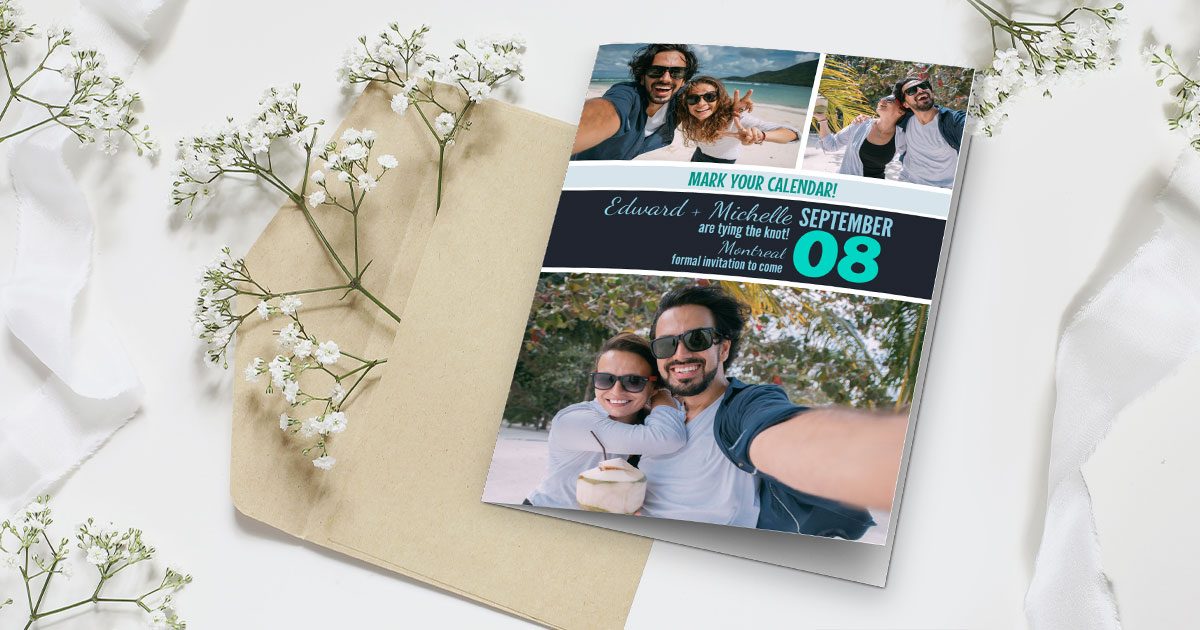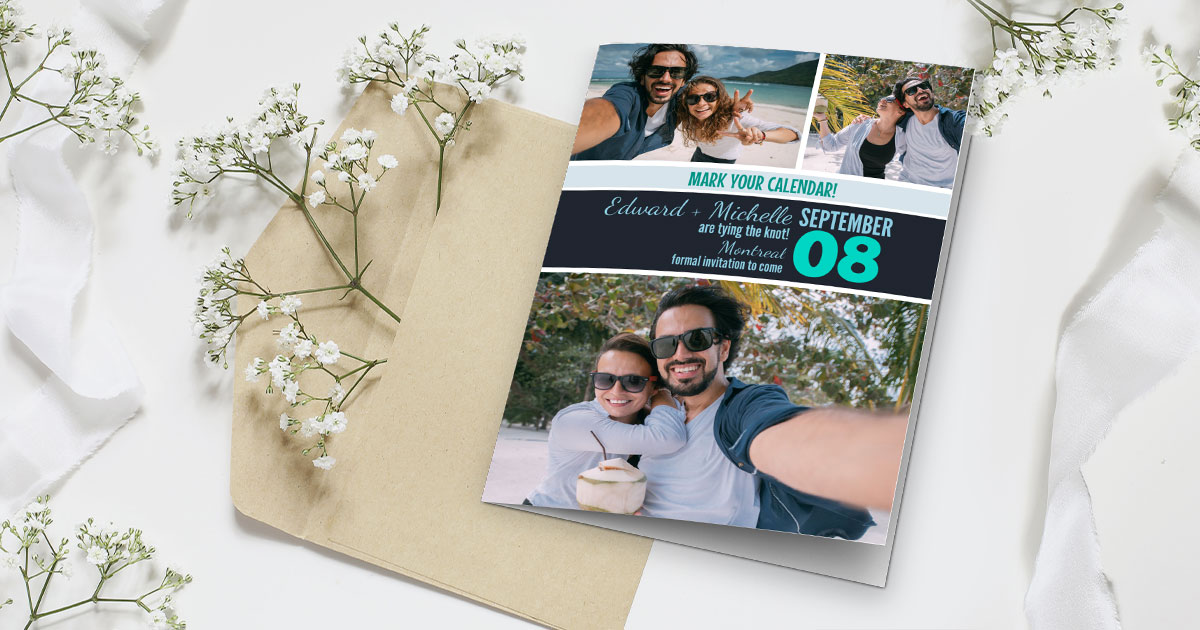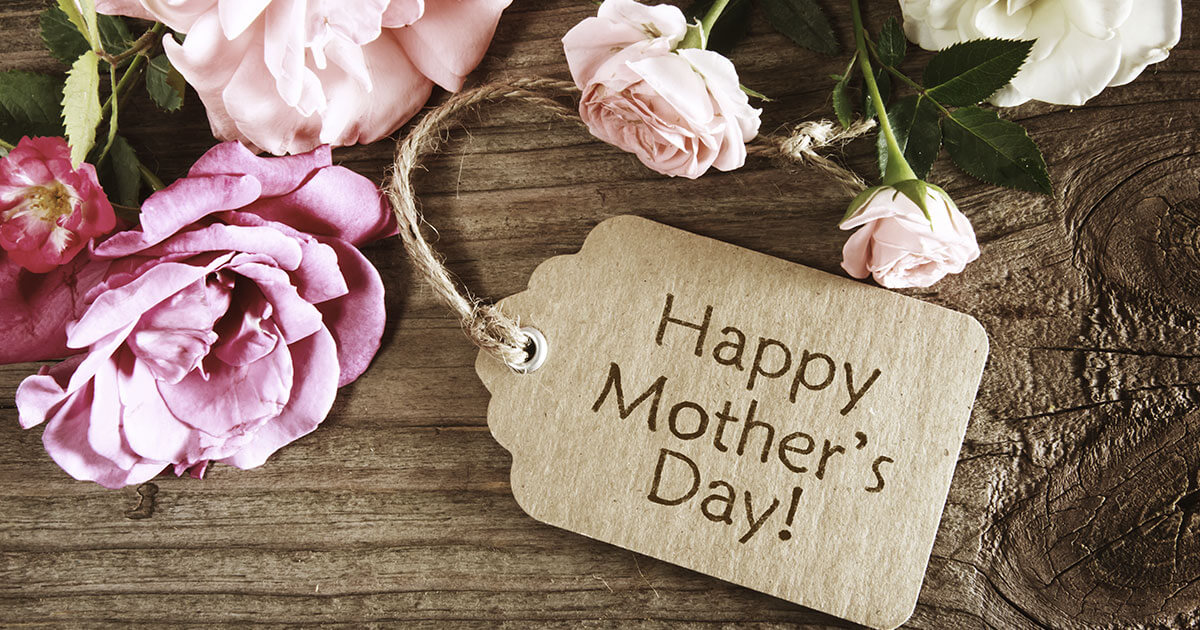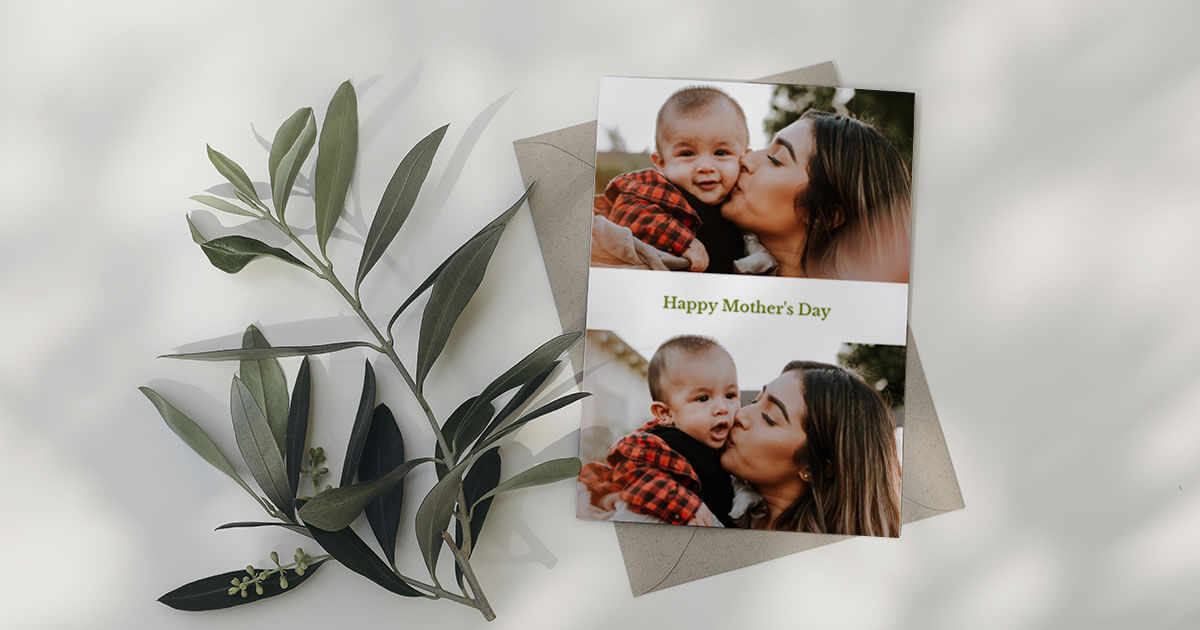You’ve crafted the perfect wedding invitation wording with all the necessary details and stamped the RSVP envelope (with a deadline of at least 2 weeks before the actual wedding, right? You’ll need that time to track down guests who haven’t responded!).
You’ve included your wedding website (with an easy-to-find link to your registry), any dress code information, photo prints of the happy couple, and any other important details in your invitation suite.
You’ve settled on your final guest list… now it’s time to address the wedding invitations and get them into the mail!
When it comes to addressing invitations, wedding etiquette can be tricky (it’s definitely harder than figuring out things to write in a wedding card)—so we’ve put together this clear and comprehensive guide to help you get your wedding invites out the door as easily as possible.
What Is The Wedding Etiquette For Addressing Invitations?

The most important thing to remember with wedding invites is that they set the tone for your entire wedding. The wedding invitation is the very first impression of the wedding your guests receive. Generally, this means you’ll address the envelopes more formally—better to be too formal than not formal enough!
The only exception would be if your wedding is very casual. Are you having brunch outside at a local park? Maybe you live near a beach and you’re going to host a clambake. In these instances, there’s flexibility to address the envelopes more casually. You could leave off titles or only use first names. BUT, this isn’t usually the case.
Should wedding invitations be hand addressed?
The short answer? Yes… and no.
As a general rule, wedding invitation addresses should be handwritten. But what if your handwriting isn’t nice enough?
You have two options.
One, hire a calligrapher to address them.
Two, use a calligraphy font and print directly on the envelopes when you order them. If you opt for this, you want the printed envelopes to look handwritten. You’ll need to choose your font carefully—if it’s too decorative or fancy, it might be difficult to read and cause confusion.

Whatever you do, labels aren’t appropriate—not for the envelopes or for the return address on the RSVP card.
But that doesn’t mean you have to handwrite the return address! Try a customized stamp—which can add a nice touch—or you print your return address onto those envelopes too!
The most important thing to remember is all the addresses need to be accurate and legible. If they aren’t, your guests might not receive their wedding invite in time!
How do you write guest names on a wedding invitation?
The best way to address wedding invitations is to use the guest’s full name and the appropriate form of address. We’ll explore some specific instances below, but there are certain outliers it’s helpful to mention now.
If your guest has a career associated with a title, you’ll want to know the title. For example, if your cousin’s a medical doctor, their invite should begin, “Dr.” With someone who teaches at a university or college, you would write, “Professor.”
Other distinguished titles to remember, include:
- “The Honorable” for judges,
- “Reverend” or “Father” for priests or pastors,
- “Rabbi” for rabbis
- Military titles such as “Captain”
This might seem complicated, but with a bit of early research, you can save yourself time and questions during the actual addressing of the wedding invites.
How to Address Wedding Invitations Without an Inner Envelope

Traditionally, wedding invitations use an outer mailing envelope (with the mailing and return address, and postage) alongside an inner envelope.
The inner envelope, in turn, only has the guests’ names printed and contains everything included with the invitation (RSVP card, invitation, return envelope, etc.).
The guests’ names on the inner envelope are usually less formal. Here are two examples of how you might write them:
- “Mary and Daniel”
- “Mr. and Mrs. Dreyfus” (title + last name)
Often, however, people decide to send only a single envelope and ditch the inner envelope. If you opt for this, the only difference is that you want to make certain you properly address the outer envelope.
Below, we’re going to explore wedding etiquette for invitations with specific circumstances. If you’re not using an inner envelope, then consider following the example that is closest to the guest you’re sending the invite to.
How to Address a Wedding Invitation to a Single Person
When you’re addressing a wedding invite to a single individual, the way you address it depends on the person’s title (and sometimes age). We covered some instances above of special titles, such as Professor, Dr., and Rabbi.
If the guest is a male over the age of 18, then the invitation should use their full name. If they’re under 18, only use their first and last name.
If you have nonbinary guests on your guest list, you might choose to use a preferred title, such as Mx.
- “Mx. Kellan Rogers”
Let’s look at how to invite an individual woman.
Do you use Miss or Mrs. on wedding invitations?
If the guest’s unmarried and over 18, you should use Ms. Miss is correct if she’s under 18.
In instances where the woman is divorced (or widowed), you should do whatever the person would consider most respectful—and this might require some extra research on your part!
Do they use their ex (or deceased) spouse’s last name? This is important to know because it impacts how you address the wedding invitation. It might be best to write, “Mrs. George Lewis” or she might prefer “Mrs. Marie Lewis”
If the woman is married, does she use Mrs. or Ms.? Again, what would the person find most respectful in these instances?
How to Address a Wedding Invitation to a Family
When sending a wedding invitation to an entire family, if you’re using two envelopes, you wouldn’t include children on the outer envelope, but could list them on the inner:
- “The Smith Family” on the outer
- “Mr. and Mrs. Smith, Miss Mary, John, and Miss Maggie” (see how we used the Miss and Mr. rules from above?) on the inner
If you’re only using one envelope, decide whether or not to include the children.
Choose between:
- “The Smith Family”
- “Mr. and Mrs. John Smith, Miss Mary Smith, John Smith, and Miss Maggie Smith.”
If you decide to include the children, list them in order of age, oldest to youngest.
How to Address a Wedding Invitation to a Married Couple
If a couple is married and has the same last name, you’ll traditionally address them with the husband’s first and last name or you could, however, address them more equitably.
For example:
- Mr. and Mrs. James Purcell
- Mr. James and Mrs. Gloria Purcell
- Mr. James Purcell and Mrs. Gloria Purcell
If they have different last names, you’ll either list them alphabetically or in order of who you’re closest to. Finally, if one person has a hyphenated name, that goes last. (These two rules are the same for ALL couples, not just married couples).
How to Address a Wedding Invitation to an Unmarried Couple
If an unmarried couple does not live together, addressing their envelopes is simple! You send one invite to each person using the directions for single individuals.
However, if the unmarried couple lives together, you will want to send them a single wedding invite:
- “Mr. Jerry Miller and Ms. Alexis Green”
In this example, we’ve ordered the names by who the couple is closer to. You could also list them alphabetically if you’re equally close to both of them:
- Ms. Alexis Green and Mr. Jerry Miller
How to Address a Wedding Invitation to a Same-Sex Couple
The same wedding etiquette applies to same-sex couples as it does to any other couple!
If they’re married or live together, list both names on the same line.
For example:
- “Mr. James and Max Richard”
In instances where they have different names, pick between alphabetically or in order of who you’re closest to:
- “Ms. Jane Doe and Ms. Helen Frank”
For couples where one person has a hyphenated last name, put the hyphenated name last.
How to Address Wedding Invitations With a Guest
We’ve gotten through nearly all the examples and by now you should feel comfortable knowing not only how you categorize wedding guests, but also how to address their invitations. This brings us to the final type of wedding invitation—those that include a “plus 1.”
When you have guests coming in from out of town for your wedding day, it’s often appropriate to include a plus 1. How do you indicate this to your guests? There are a few different ways.
You can write “name + guest” if you don’t know the guest’s actual name, or you can include the guest’s specific name. For example:
- “Rachel and guest
- “Rachel and Edward”
Addressing wedding invitations is an important aspect of any wedding planning (it should definitely be on your wedding planner checklist). The wedding invites are the first glimpse of your wedding that your guests get and you want to dedicate enough time for them to be perfect.
Wedding etiquette for addressing invitations doesn’t have to feel complicated and unapproachable. When you use the handy guide above, you’ll be able to sweep through the task of addressing different types of invitations and using the correct title for your guests. You can be sure your wedding invitations reflect your special day and are treasured by your guests for years to come!




